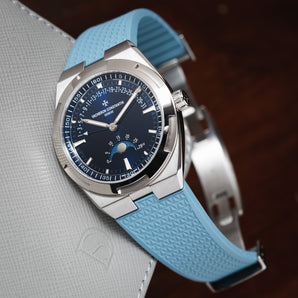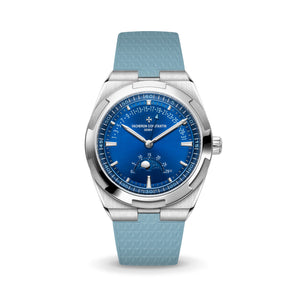If you haven't seen the work done by Horomariobro, and haven't heard of him, you're in luck because you're about to discover a side of watch photography (and videography) that will make you relook at the watch on your wrist with new eyes. His style of macro photography, coupled with his knowledge on horology, brings about a new perspective to watch collecting and watch appreciation that not many other people can achieve. This unique perspective has gained him some solid following on Instagram, with 24.3k followers at the time of writing (12 Mar 22).
We are incredibly happy to not just have a conversation with HMB about his watch collecting journey and philosophy, but feature all of his Instagram posts in a standalone section of our website, organised by watches for better viewing pleasure. Read this interview, check out his posts, and re-discover your watches once again!
Ken: Hello Horomariobro, thanks for taking the time with this interview. To start things off, could you provide our readers with an introduction about yourself, and a brief summary of your journey as a watch collector?
Horomariobro (HMB): I have always loved watches growing up. As far as I can remember, the first watch that caught my eyes was a Mickey Mouse watch that I saw at a shop window display when I was 6 years old. I still remember vividly that I was drooling over it and would keep going back to see it. I was especially intrigued by the use of the Micky Mouse hands as the minute and hour hands. Maybe it was the Gerald Genta watch. I have no idea.
I got some quartz watches later when I was older. My first mechanical watch was a Zenith El Primero chronograph after I started working. I was attracted to it by the open dial design that shows the escapement and the balance wheel beating away at 36k beats per hour. I had no idea that a mechanical watch can measure down to 0.1 seconds. I was blown away. I was very content with this piece for several years until I got my very first haute horology piece, Vacheron Constantin Patrimony Bi-retrograde. This was the piece that started the rabbit hole for my watch collecting journey.
K: And that has been quite the rabbit hole indeed! In compiling your IG posts for the various watches that you have, the number and quality of new watches have been quite impressive. Most of your watches are also from independent brands. What is it about independents that attracts you? Did you always have an interest in independents, or was there a time in your watch collecting journey when you were into the larger, mainstream brands?
HMB: Like most people, I started out w/ big brands because they're more well known. As time went on and I got to see more watches, I became more attracted to independent brands because I found their designs are more unique and also their complications are more interesting. They stick to their brand philosophy more and not make watches to cater to get general public.
However, one thing that always worried me about indie brands is the longevity. Will I be able to service the watch after several years? What if the brands don't exist anymore? That had been the single biggest concern I had about purchasing from an indie brand for years. However, I got to a point where I felt like the big brands are not interesting for me anymore and if I buy watches just for the longevity, but I don’t actually like them, then what is the main reason for me to collect watches? I might as well quit collecting. I was at a crossroad at that point, to either quit or go indie. I made the decision to go indie because I felt it'll be impossible for me to quit collecting watches and I need to collect what I love, and that's how I started to focus on indie brands and I never looked back.
K: Just for context, which year was this when you were faced with making this decision? Getting into indies in say 2020 vs 2014 would have been quite different, with the number of indies out there and the information available on the web.
HMB: I think it was around 2014. I took a leap of faith to buy the FP Journe Chronometre Bleu. Funny to say it now, but back then, it was not a very popular brand.
K: Are you still concerned about the serviceability of watches from indie brands?
HMB: Not anymore, I put that concern aside now. Now it's more about the dollar value. The higher the price of a watch, the more I’d have to think much harder about making the purchase, especially if the brand is very young. So I still try to stay with the more established indie brands.
K: But I guess you still do give less established indies a chance too (JN Shapiro, Pascal Coyon), I guess there must have been something special about those?
HMB: Yes, I look at their potential. For Pascal Coyon, the Series 1, it's completely undervalued for what it is, so that was an easy choice for me. It's like a hidden gem to be discovered. To me, the most exciting part about watch collecting is when you can find the hidden gems before everyone else. For JN Shapiro, I like his philosophy in watchmaking and believe in his work.
K: Yea definitely agree, finding the diamond underneath all the dirt is always exciting and part of the fun is in the hunt. Your work in this space, to look at movement finishing critically under the loupe, has been very useful personally for me as I try to separate the wheat from the chaff and decide on my next purchase, so thank you for that. I've read about how you have unintentionally stumbled onto this "niche" space, by showing the underhand finishing of a watch you own. What is the most surprising thing, either in a good or bad way, that you have discovered through the loupe?
HMB: The most surprising thing to me is that there is quite a bit of exaggeration from some brands’ marketing material, which over romanticizes the finishing and quality of their timepieces. I won’t mention the brand names here but they can be found in my posts. I don’t believe there is perfection, however I believe in honesty in the work one does, and also the communication to the watch community. We often see words like “perfection”, “top finishing”, “hand made” from brands to highlight their craftsmanship. However, those words are all relative without a standard definition. This is also one of the reasons I look into the details of my watches to see for myself and form my own judgment.
K: I guess no brand would like to be examined so closely, and their marketing department wouldn't be doing their jobs if they said "we finish our movement according to the price we sell the watches at".
HMB: Yes, marketing departments need to do their job to highlight products but not exaggerate. I think that was the point I was trying to make.
K: Have you faced any backlash or criticism from the brands for "exposing" them? Conversely, any thanks from brands that are shown to be punching above their weight?
HMB: I did not face any backlash from any brand that I posted about. But I did get some from other watchmaker/brand, even though I did not own their watch or post any of their watch.
On the flip side, I did get appreciation messages from brands such as Romain Gauthier, Lang & Heyne, MB&F and JN Shapiro to name a few. I also got some nice words from some watchmakers. That really makes me happy.
K: Sorry just to be clear - you faced backlash from watchmakers/brands even though you didn't own their watch or post about it?
HMB: Yes. That’s correct.
K: Wow. How about the feedback from the watch community? Judging by your Instagram growth, I presume that most people appreciate the work that you're doing? Why do you think people are so attracted to the content that you post?
HMB: I think the watch community is also a mix for my work. People who like macrophotography and finishing most likely gravitate more towards my content. I think they are attracted to my post because I show the details of what I see and share my own opinions of my own watches, both the pros and cons.
K: Yea I think you definitely have a good eye for catching the details! Just having a macro photography setup isn't enough, it is about knowing where to look, and knowing what to look out for, and that's where I think your content is really appealing. On that note, kudos on doing what you're doing without needing an incredibly expensive setup! I've tried to take similar macro photos with a camera + macro setup, and it definitely isn't easy at all.
K: Has your enjoyment for watches increased or decreased after looking at everything under a microscope? Are there watches that have fallen out of favour because you cannot unsee what you now know? Is ignorance bliss?
HMB: I am the type of person that loves to see the details in mechanical watches. It always amazes me how these tiny parts can be made and then assembled to work in unison to tell time accurately. It’s really incredible to me and in my view, one of the best inventions in human history. So my enjoyment only increases the more detail I can see in my watches. Not only they are made to run well but also finished to look beautiful. To think how these tiny parts are finished at such a high level speaks to the years of practice and experiences required to achieve such craftsmanship.
HMB: Of course, when looking into details, there are always the occasions when some blemishes are discovered. To me, that’s very important because that helps me to better understand and differentiate the attention to detail among the brands. I would not be collecting watches if I don’t loupe my watches anymore. It will just kill me. Some brands do fall out of favour for me because, like what I said earlier, their marketing materials exaggerate their level of quality.
K: What are your views on hand-made vs machine-made in watchmaking? As an example, I've heard some people saying that Gronefeld's movement finishing isn't as good as some of the other indies because part of it is done by machine.
HMB: To be fair, Gronefeld bridges are made of steel, so they take more effort to finish. I agree that Gronefeld finishing is not the best compared to Romain Gauthier or Greubel Forsey in my collection, but it’s not because they are machine made.
Hand-made vs machine made is a very broad topic and it’s very relative. Without a standard definition of hand-made vs machine made, it’s pretty much impossible to compare. Also I feel hand-made is over used in the watch industry and varied by brands. There is no standard definition. To me, to be hand-made, CNC cannot be involved and all parts have to be made by hand directly or tools operated by hand. Based on that definition, probably 99% of the brands fall out right away.
For me, I prefer more hand-made elements as one can tell it apart from machine-made elements. Looking at 100% machine-made movements, there is a very industrial look to it that make it look too perfect and cold. It’s the craftsmanship that matters to me at the end of the day. That has to involve some type of hand-made and the artisan’s experience elements to be possible.
K: Just to share, it’s the same in the leathercrafting world. There isn't a universally understood definition of handcrafted - some machines are still used, and there are steps where something done by machine is definitively better than something done by hand, such as cutting precise shapes.
Between movement finishing and movement complication, which do you value more as a collector? Which brands, in your opinion, are the frontrunner in both these aspects?
HMB: I value finishing more than complication because finishing requires both attention to detail and high craftsmanship. For example, an industrial-made Tourbillion does not give me much satisfaction and excitement even though it’s a high complication. On the other hand, a simple time only Dufour Simplicity would get me excited for the rest of my life.
K: I've noticed that brands focusing on finishing, don't often tend to do so on high complications. Do you think that's mainly because of the number of parts in high complication watches, and hence the amount of time to finish them to a high degree is not viable? Of course, I may be entirely misinformed.
HMB: Based on my own observation, I feel most brands do it pretty consistently other than a few brands who do more finishing on their higher priced pieces. For example, I see that with Patek Philippe with their higher complications, and also Montblanc with their Minerva’s movements.
K: We’re coming to the end of our interview now, so I have to ask this. If your house caught on fire and you could only bring one watch with you, which watch would it be?
HMB: Haha...it's always very difficult for me to answer this type of question. It's like asking me which child of mine would I save - it's never easy. In reality, I'd just bring however many that I can. I don't think I'll have the time to choose under that type of urgency.
K: Is there anything that you think I should have asked, that I didn't?
HMB: I think you've covered a good range of questions and I appreciate this opportunity discussing about my watch journey and experiences with you.
K: Thanks HMB for taking the time with the interview, and thanks for the opportunity to consolidate and feature your posts on our website. I believe that my audience will find it interesting and useful for all the posts to be sorted and organised.
This interview has been edited for length and clarity.
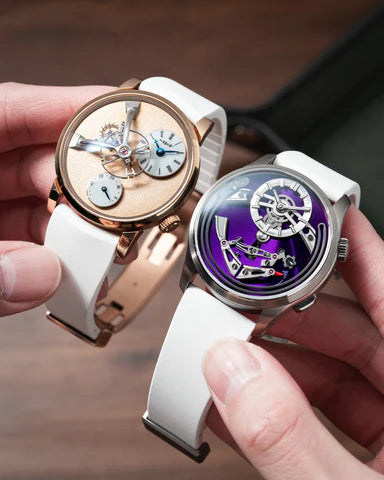

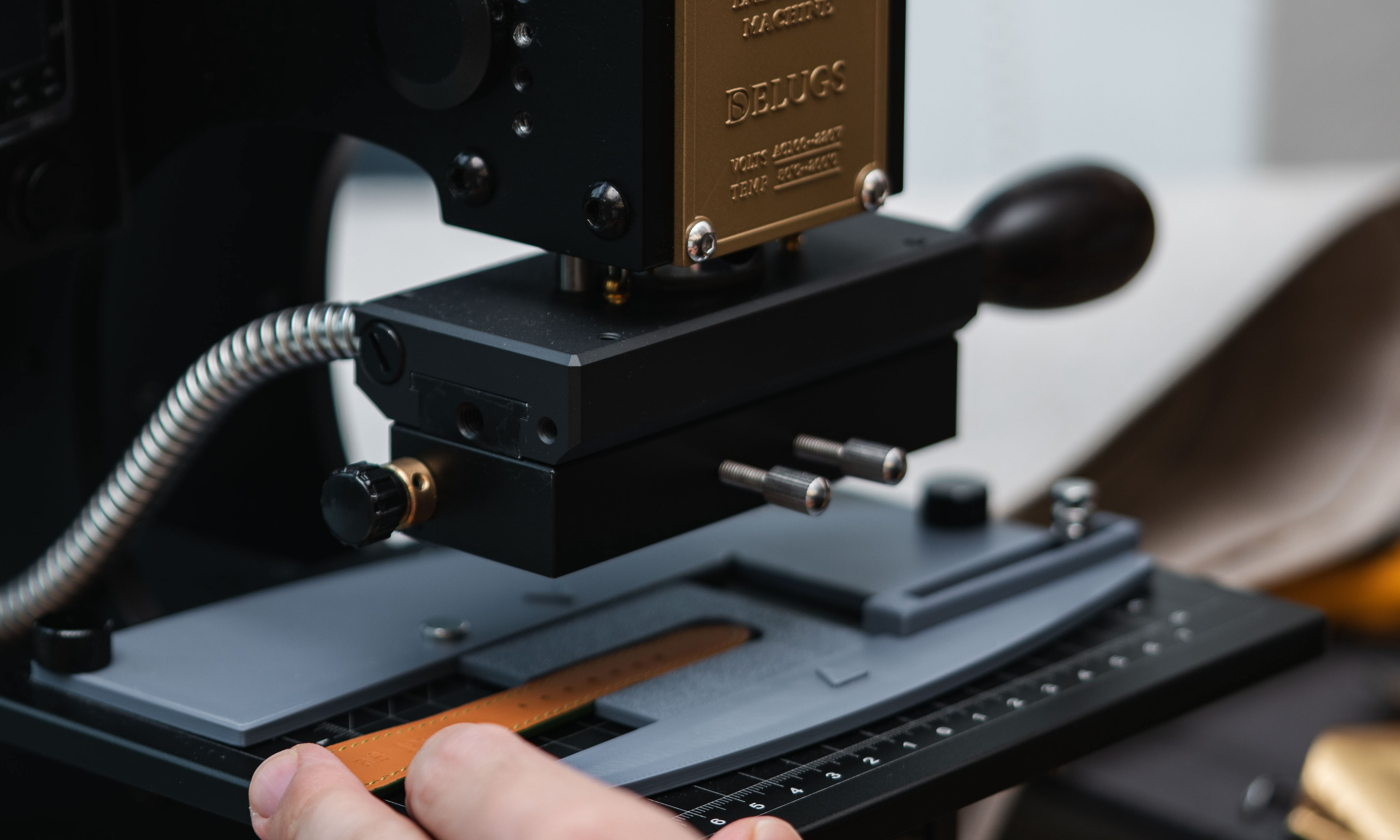


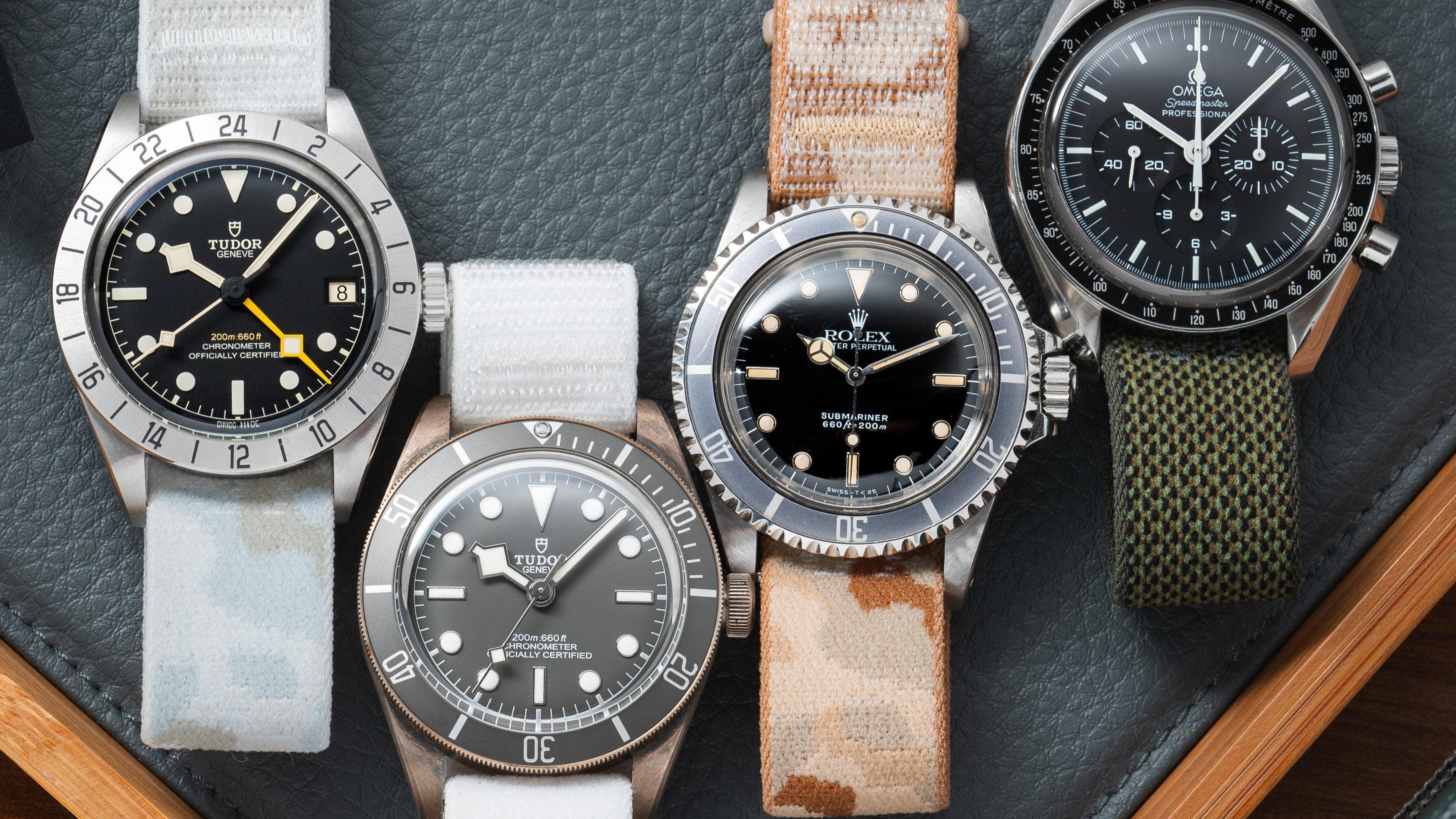
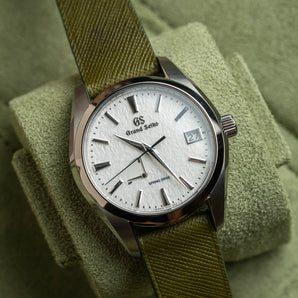
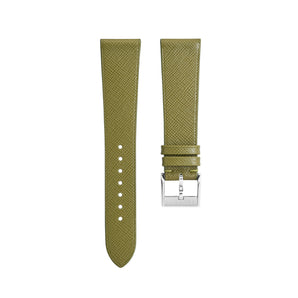
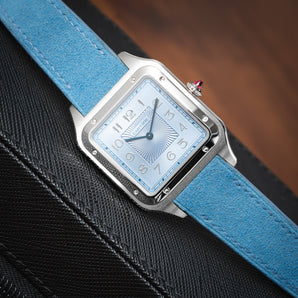

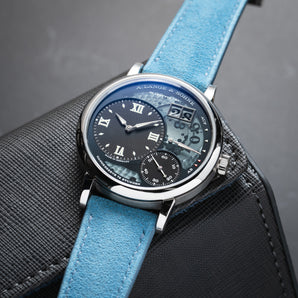
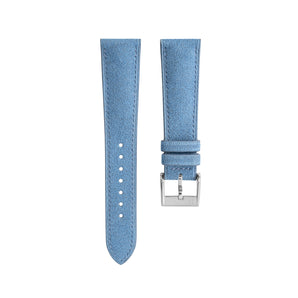
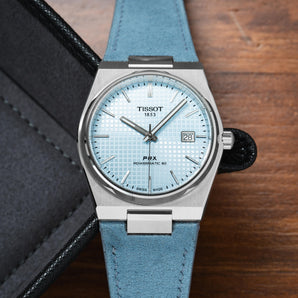
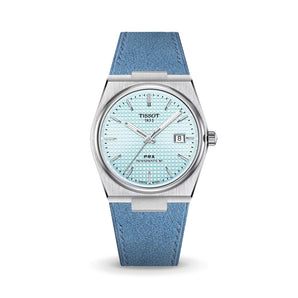
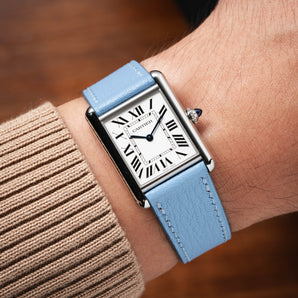
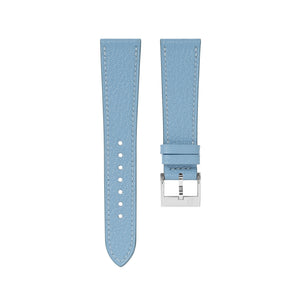
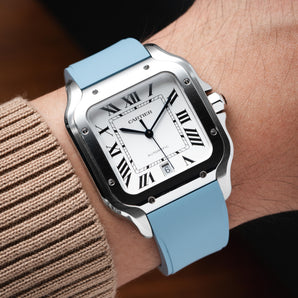
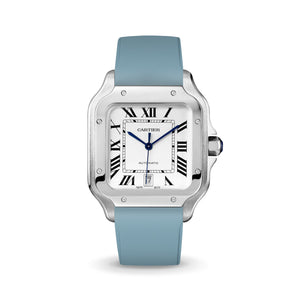
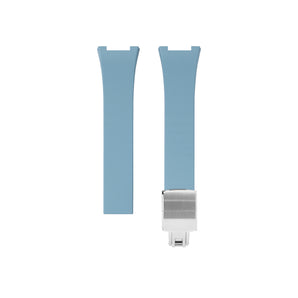
![Baby Blue CTS Rubber Strap for IWC Ingenieur [Prototype]](http://delugs.com/cdn/shop/files/20251001-DSC02482_1_298x298_crop_center.jpg?v=1759730616)
![Baby Blue CTS Rubber Strap for IWC Ingenieur [Prototype]](http://delugs.com/cdn/shop/files/IWC_Ingenieur_Rubber_CTS_Baby_Blue_298x298_crop_center.jpg?v=1759303635)

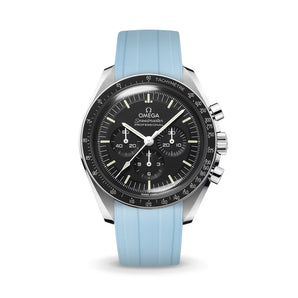


 Buy One, Get One 25% Off
Buy One, Get One 25% Off


